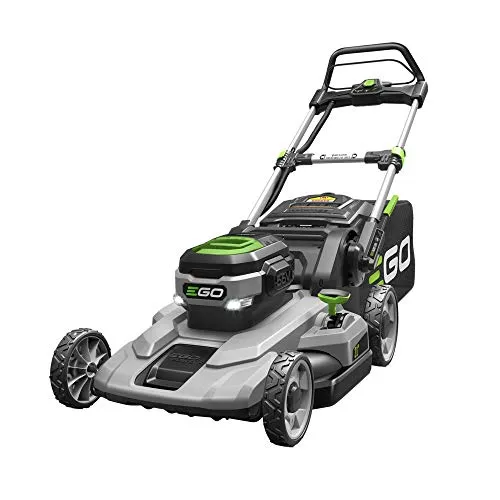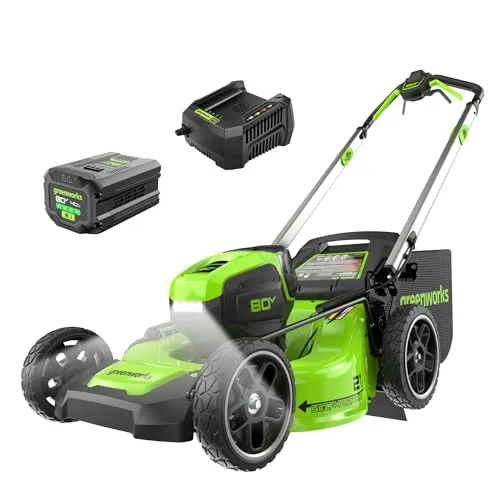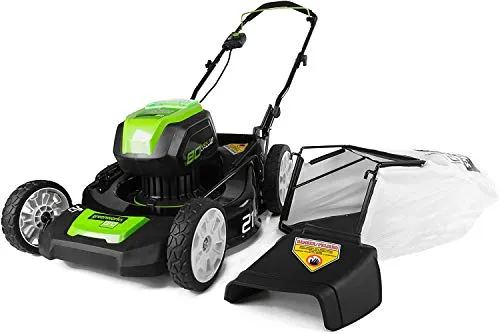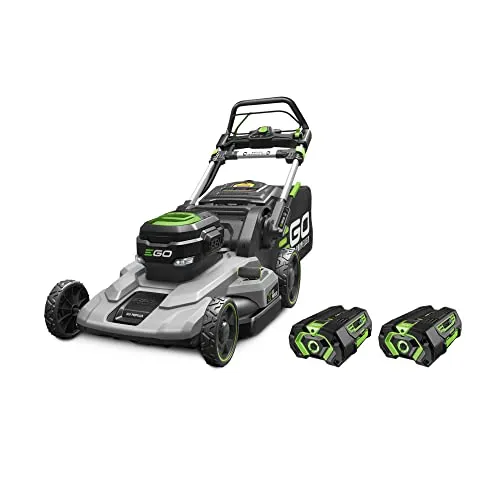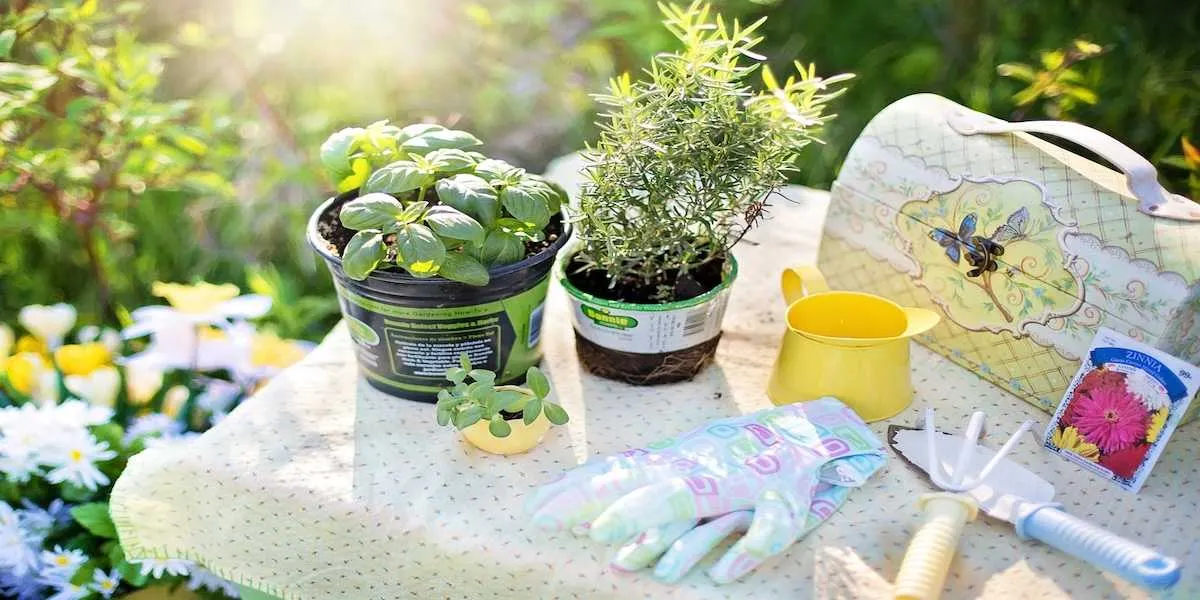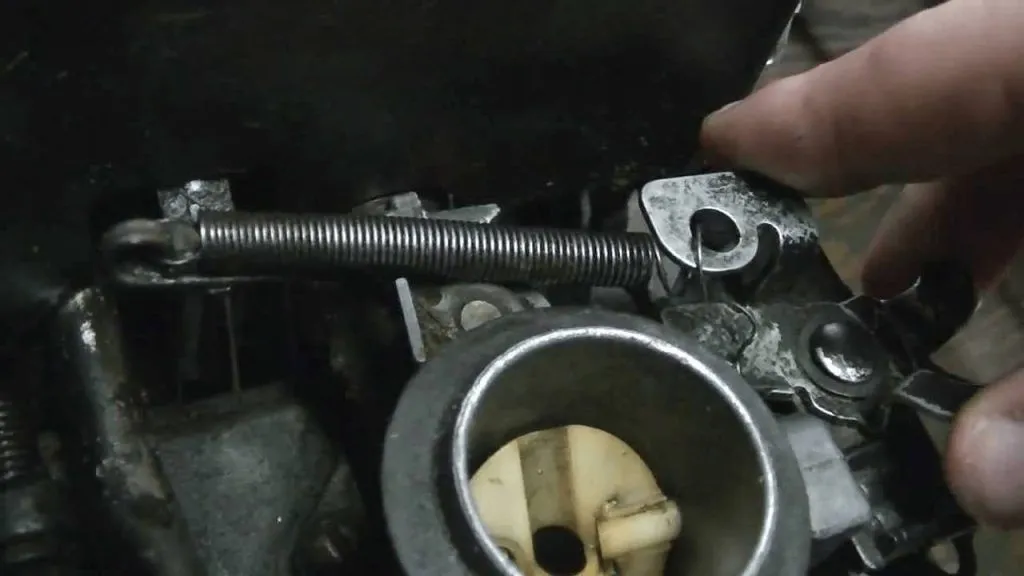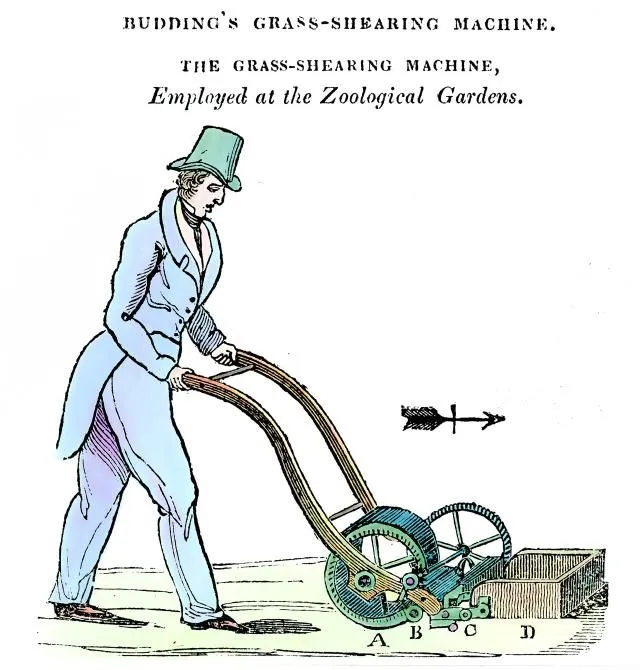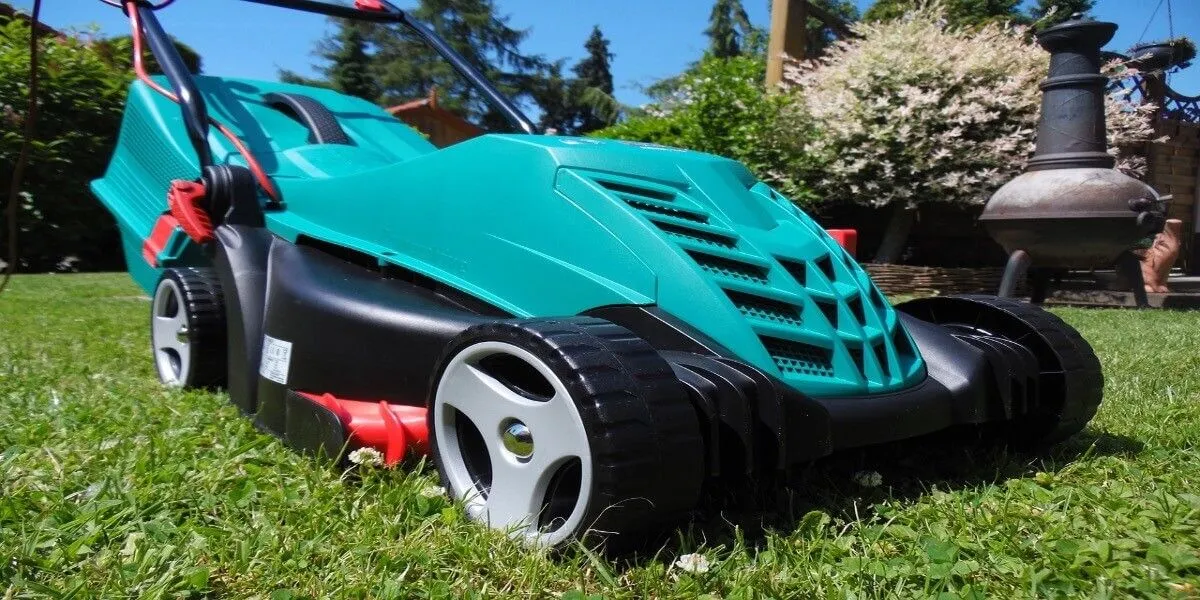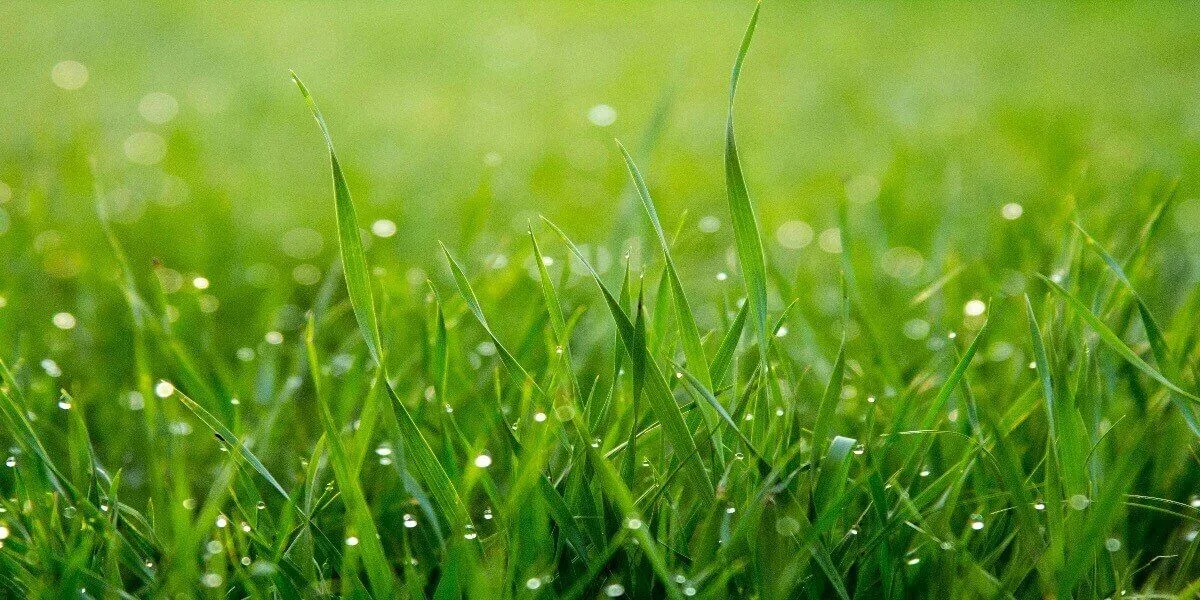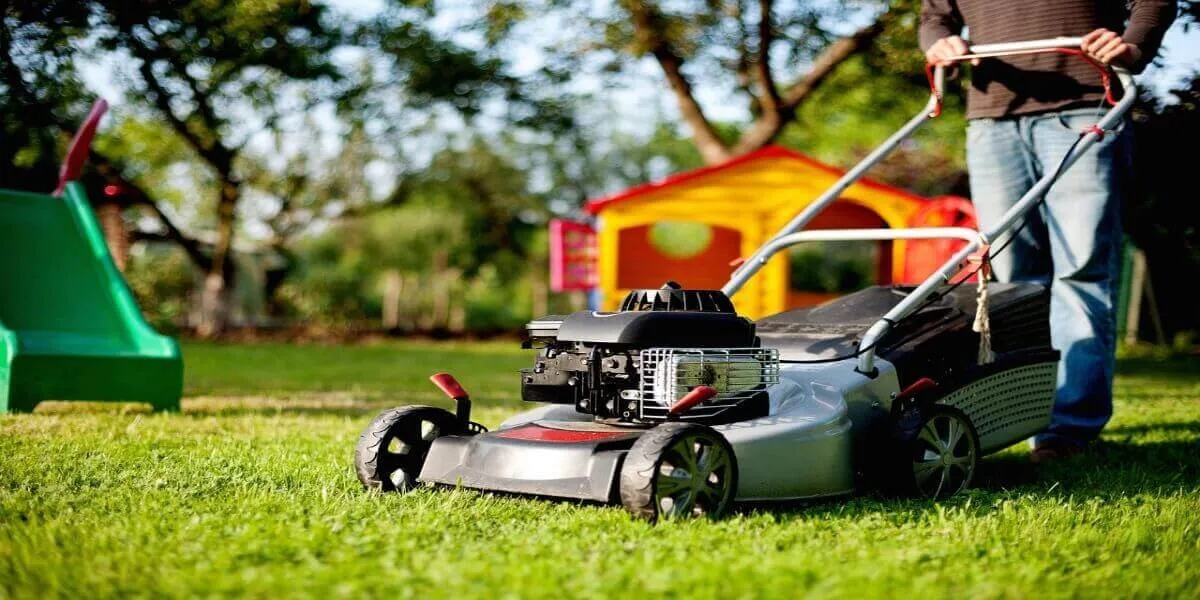15 Ways to Master Mowing Your Lawn without Breaking a Sweat

Jeffrey Tung on Jan 1, 2024
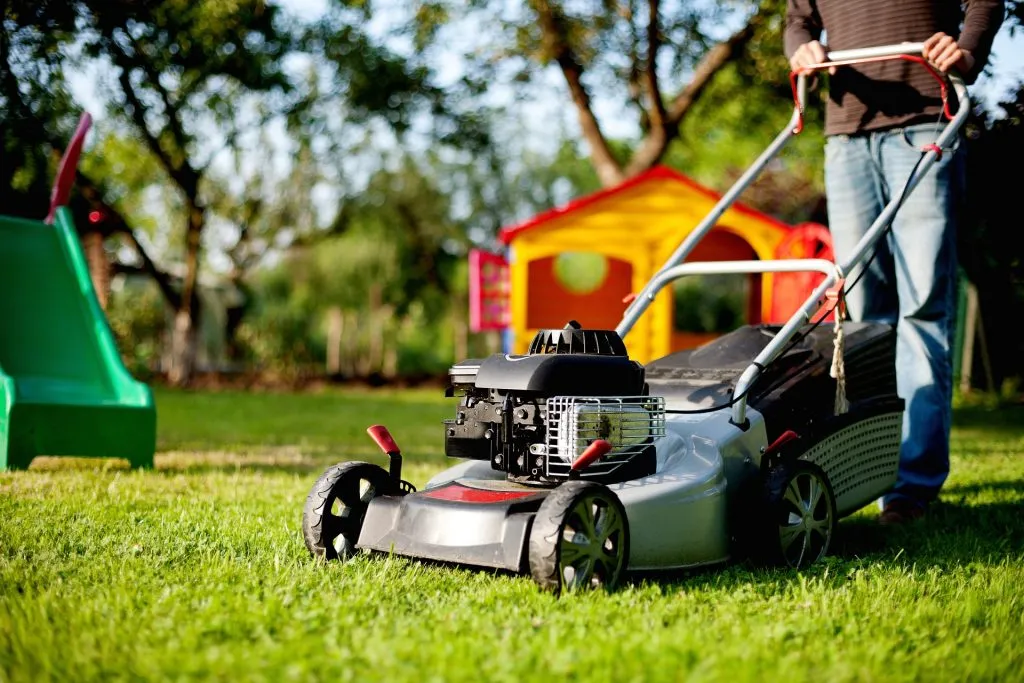
We earn affiliate commissions at no extra cost to you.
Mowing your lawn can be a challenging task, especially for lawn owners who struggle to keep their lawn looking neat. Keeping the grass healthy, making even cuts, speeding up mowing time – these are just some of the concerns of lawn owners.
With the right tips and tricks, lawn mowing can be made easy, whether you’re a beginner or a long-time lawn owner. After all, having a well-mowed lawn is something you can always be proud of. It’s a nice topic too for small talks with your neighbors.
There are several factors you should always consider when mowing the lawn and knowing the basics will help you understand more about it.
Is mowing the lawn good for the grass?
It sure is. Mowing encourages grass growth. Cutting grass stimulates it to grow more as it pulls in carbon dioxide, the sun’s energy and water from the soil, to grow roots at the bottom and blades at the tip. With the right frequency and a lot of proper care, your lawn will look at its healthiest in no time.
Thick lawns will grow better roots and this leaves out room for weeds to grow, making your garden greener and ready for some outdoor fun time with family and friends.
If you cut your grass shorter, they won’t be properly nourished and you’ll be left with unhealthy and patchy grass.
How do you properly mow a lawn?
The trick to properly mow a lawn is to leave it at a certain length, about 3 inches tall, before mowing it. Leaving it at this length makes the grass greener by photosynthesis, maintains soil moisture, and prevents weeds to grow. This is what makes your lawn look healthy and clean. Maintain this and you’ll have a garden that’ll be the talk of the town!
You want to base your mowing schedule depending on the season. Warm-season and cool-season grasses have different growth rates as seasons change. Warm-season grasses or Southern grasses like Bermuda and St. Augustine grass have high growth rate during summer while cool-season grasses or Northern grasses like fine leaf fescues, turf-type tall fescues, and Kentucky bluegrass have high growth during spring and fall. If you use this as your guide in your mowing schedule, you’ll know which months will leave you busy or inactive.
When it comes to your grass’s growth rate, fertilizer is also a factor. Growth spurt from fertilizers can push you to mow your lawn more often. Weekly mowing can be considered if fertilizers are spurring the growth rate of your grass.
Others can do without fertilizers. It is important to take note that the over-application of commercial fertilizers during summer may burn your yard or make tender growth that will only have difficulty surviving under the very hot sun.
If your grass is in a dry spell and growth rate is low, it would be advisable to set the mowing height higher and reduce the number of times you mow so moisture is retained. This way, you won’t be turning your grass color from green to brown.
When your grass stops growing or becomes dormant because of drought or cold season, take a break from mowing. Cool-season grasses can take the cold temperature and becomes dormant in the fall as the soil temperature reaches 50 degrees Fahrenheit. Warm-season grasses stop growing in mid to late October.
If you find yourself scheduling your lawn mowing in the growing season, then, you can mow once a week. That should be enough to keep your grass green and healthy.
Does frequent mowing thicken grass?
Frequent mowing doesn’t thicken grass. To thicken your grass, plant additional seeds and let it grow higher as mentioned above, before cutting it. Remember to take care of the newly sowed grass as they are very delicate. Avoid running a mower over it to ensure they’ll grow up fast and undisturbed.
Can I mow my lawn every day?
Mowing your lawn every day is not advisable either. This will only cut the grass shorter, leaving them with zero nutrients, thereby stunting growth. This will also lead to a brown lawn instead of a green one.
How to mow a lawn professionally?
A lovely lawn is a beautiful sight to behold. However, keeping it clean and nice-looking involves a lot of work. A lot of people are intimated to mow, especially if the yard in question is large. There’s also a lot of things to learn about and consider but what if you can still mow your lawn like a master, the easy way?
Check out these tips on how to mow a lawn professionally without breaking a sweat:
Survey the yard
Is the yard big or small? For small yards, a mechanical or self-propelled lawn mower can do the work but for big ones, high-powered lawn mowers are the best. Also check if the yard has stones, rubbles, small objects, decors, or anything that might go through the lawn mower, causing damage or accidentally get thrown around. These objects may hurt someone or damage the other parts of the garden, such as windows or worse, other people. You don’t want to add more time fixing accidents if you want to get done fast and neat.
Consider the slopes
Different mowers have various effects on slopes. Push mowers cut parallel and follow the contour of the slope but with a power mower, it moves up and down the slopes instead of following its shape.
Avoid close contact with objects
Keep your lawn mower away from sheds, flowers, trees, shrubs, and other garden elements that may damage your mower.
Take your time
Slow down and smell the fresh-cut grass! Avoid rushing in and running the mower at high speed. Speeding things up might end up in a mess or an uneven cut that’s not very cool to look at.
Divide and conquer
If your garden is too big, break it up in sections. Start mowing areas with stones, rocks, or trees – the difficult ones. This allows you to take your sweet time to be extra careful as you mow the most difficult areas that need special attention and care. With full energy during the first minutes of lawn mowing, you’ll have more time to do it properly. As you progress, there’s a tendency to hurry up to get the job done, so put the easier task at the end of your mowing schedule. If your garden has newly planted grass, take extra care to cut this part. Roots of new grasses are fragile as it still hasn’t strongly seeped in the ground yet.
Mulch the trimmings
Collecting grass clippings is okay. After all, a neat lawn looks extra appealing without the trimmings. However, it is found that mulching or leaving the freshly cut grass on the lawn makes a healthier choice. When your lawnmower cuts the tips of the grass, this action gives nitrogen to the soil and also provides weed control. It’s a natural and healthy phenomenon that makes you a master a lawn mowing and cuts your garden upkeep time. Mulch from regular lawn mowers are fine but if you have mulching mowers that create a bigger volume of mulch, you can decrease the amount of mulch and pile some in your compost pit.
Vary your mowing pattern
Creating different mowing patterns is beneficial to keeping your yard looking professional and clean. Switch directions every now and then to prevent your grass blades from growing in set angles. Changing your mowing pattern can help your grass grow upright. This can also prevent grooves or marks in the yard caused by heavy mowers.
Cut grass at the right level
How to know if the height of your grass deserves cutting? The right cutting level of grass depends on its variety. The golden rule is to avoid removing more than 1/3 of your grass or the 1/3 rule. When you cut more than 1/3 of your grass, chances are, you will put too much stress on it. This produces unhealthy grass you don’t want to maintain.
The right thing to do is to tinker on your mower’s height adjustment. Measure it instead of estimating it, from the surface to the blade. Place it on a hard and even surface. Most often, the highest mower setting is the right cutting height.
Choose the best time
If you’re hurrying to mow your grass too early, chances are, the dew on the grass will give you and your lawnmower a difficult time. Professionals consider mid-morning as the best time to mow. Wait for the dew to subside before mowing, which is great as it gives you ample time to prepare a refreshing drink to gobble up afterward! Don’t mow during mid-day. It’s unhealthy for you to go out during this time due to high temperatures. Late afternoon is also one of the best timeslots. Forget mowing in the evening – the lack of light and time will just put stress on you and your lawn.
Keep the lines
Admit it, lawns with lines look neat and tidy. Lines also give the impression that a professional mower just did a good job in your yard upkeep. How to do it? Select a tree, plant, or object that will serve as your marker for the straight line. Focus and walk towards it as you mow across your lawn. Repeat for a few times and be proud of that professional touch you just did.
Sharpen the blades of glory
A dull blade tears leaves, leaving it open and susceptible to diseases. A sharp one cuts clean, helping the grass to regenerate faster, making it healthy in the long-term. If you’re a newbie in sharpening mower blades, having it professionally sharpened will be a better option. If you think you’re game and ready for some sharpening, you can buy blade sharpening kits priced at around $10. If you’ve been using your lawn mower for some time and noticed some chips or gaps, consider buying a new one or replace the blades.
Water down
Avoid watering your grass immediately after mowing. Watering late at night may make your grass more susceptible to diseases like fungal problems as the grass won’t have time to dry out. Don’t water your lawn as well during mid-day as it can lead to either: the water quickly evaporating or the droplets, with magnifying glass properties, might burn grass blades. The best time to water your grass is during the early morning while the air is cool and the water can go down the roots before drying up.
Tidy up the mower
Cleaning the underside of your mower can prolong its life. Grass clippings prevent proper airflow necessary for mulching or gathering cut grass in bags. Moisture and remnants of fertilizer can damage the deck of the mower with rust. This tip is one of the things lawn mowers usually take for granted.
Read the mower manual
Take time to familiarize yourself with your mower’s manual. Keeping your mower in its tip-top shape will give you good returns. Check your manual when or how often you need to change filters or the oil. Put reminders on your calendar for tune-ups to maintain its functionality. This will improve your machine’s performance and extend its lifespan so you can have an efficient machine ready to take on the task at hand. Read up on safety too. Observe precautions when you mow and keep kids and pets inside the home when you do the activity.
Choose the best-fit mower
Over the years, technology has provided a variety of lawn mower types with varying functions. For example, push mowers are ideal for small yards while riding mowers are best for larger ones. Selecting the best-fit mower for your kind of lawn depends on the size of your garden, your topography, your resources or budget, your stamina, and your preference.
Below are the factors to consider when shopping for the right lawnmower for you:
Property size – When you got a huge lot and a large lawn to mow, you need high-powered lawn mowers like riding lawn mowers. If you have a garden with grass that’s small enough to be taken cared of, then push mowers or self-propelled mowers are a good fit. If your garden size is smaller than ½ acre, a push mower will do. For yards with size greater than ½ an acre, a riding mower is a good choice as it can save you time and energy. For lots wider than 3 acres, a garden mower can give better mobility and efficiency for keeping the grass well-kept.
Terrain – Is your lot flat or hilly? Push mowers are ideal for yards with valleys and tight areas compared with a riding lawn mower. Riding lawn mowers are best with flat yards. Flat lawns are also easier to mow than hilly ones.
Stamina – Is the person who will mow the lawn be able to do much work? Is he or she willing to do this physical activity with great effort? Will you take this task as an exercise? Starter house and lot owners with high energy often go for push mowers for physical exercise while middle-aged property owners get the best out of lawn mowing if they choose motorized lawn mowers. If you want to burn 205 calories in 30 minutes, which you can also get from low-impact aerobics, lawn mowing is something you can consider to be doing with great joy.
Budget – Lawn mowers can be quite expensive that’s why it’s crucial to consider its cost before buying. When it comes to price, the bigger and the higher the functionality is of a lawn mower, the more expensive it is. For starter homes with a small yard, a push mower is ideal, especially if you want to consider lawn mowing as one of your physical exercises at home.
Browsing how the prices fare online will significantly help you make a good choice. The most affordable ones – standard reel or cylinder mowers are priced at around $70 to $90. The mid-ranged ones, the electric and gas push mowers, ranges from $100 to $400. The most expensive ones are riding mowers, valued at about $14,000.
Preference – As they say, to each his own. We all have our own needs and wants when it comes to buying lawn mowers. Choosing electric instead of gas push mower depends on one’s personal preference. Some mowers also have special features that appeal to one’s personal taste or goal, like a mulching blade for finely cutting grass or a bag that gathers grass clippings. Always compare mower types, its function, and your preference when selecting so.
Wrapping Up
With these tips and tricks, you can be a master lawn mower in no time, without breaking a sweat! Try some of these hacks to beautify your lawn and maintain its upkeep.
Having a tidy lawn is perfect for family gatherings and peaceful moments that will help you keep sane as you go through life. Just remember to make the necessary preparations and enjoy the moment – mowing your grass is a fun and exciting physical activity that gets you and your garden in good shape.

